frog
Defining the Future of Flexible Home Living
How spatially autonomous devices create new experiences and energy resilience
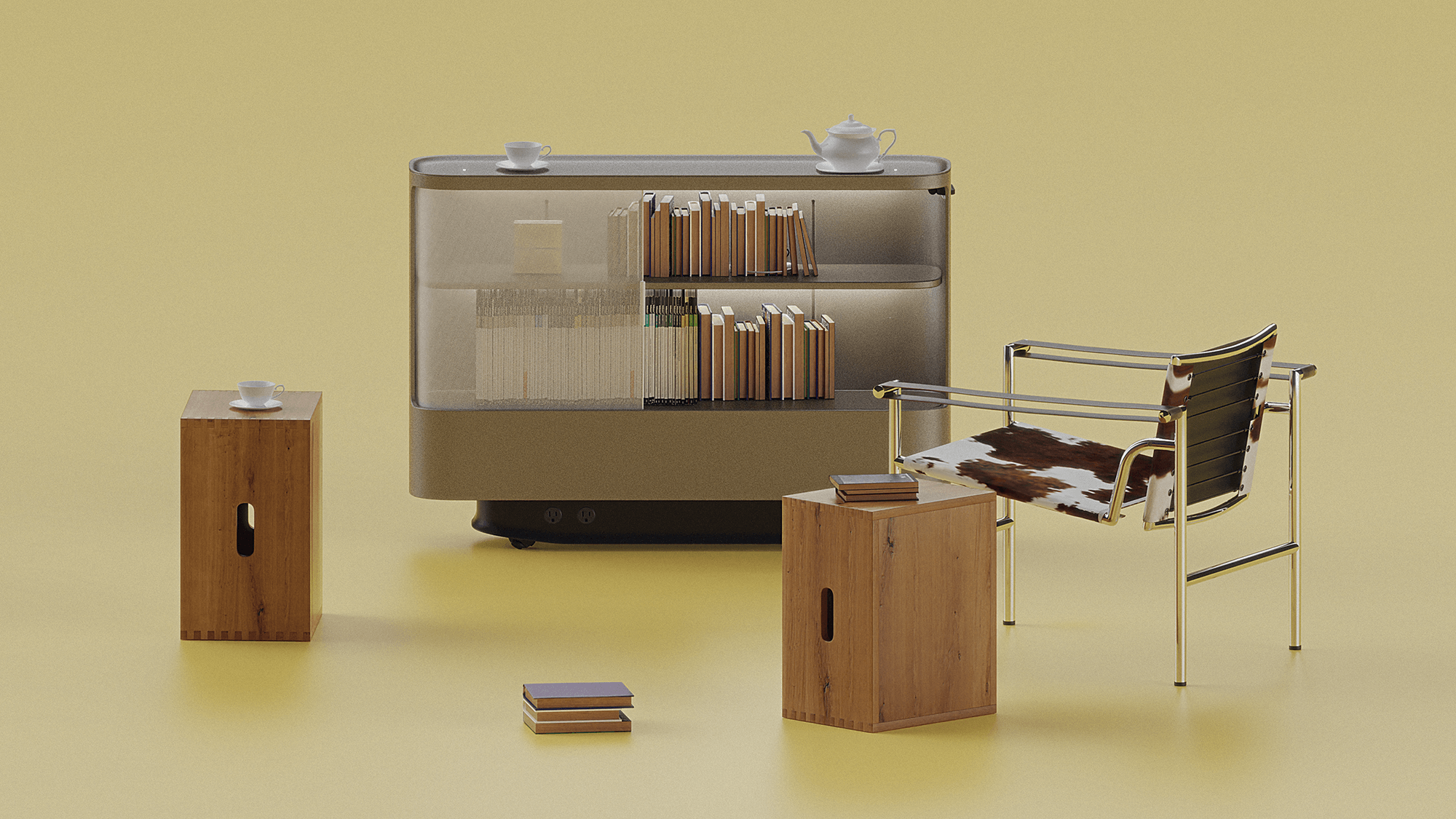
Service and Offer
Studio
Moving out of the past
The modern living experience is built around technology. Our homes are full of cumbersome, stationary appliances and devices. Their static nature is due to their size, design affordances and need to access energy outlets. As a result, we design our spaces to accommodate our appliances. Refrigerators, stoves, ovens and laundry machines are anchored behind facades of furniture while televisions, sound systems and games consoles are placed on static plinths and spotlit. Moreover, all furniture is arranged to complement these devices.
But times are changing. For example, individualized screens are replacing communal viewing experiences, which render traditional interior design obsolete, and in turn leaves room for innovation. Surprisingly, interior design of home living has been slow to respond. Advances in appliances and devices could change all that if our living spaces respond in reciprocal ways.
Recognizing the coming paradigm shift in living spaces, we at frog embarked on a conceptual project: Rohm. We reimagined the outmoded static fixtures that now fill our homes. After conducting research and running thought experiments, we envisioned the incorporation of modern, high-capacity battery technology and its impact on interior design. By extrapolating from our Rohm research, we designed conceptual renderings of future living spaces. Despite exploring multiple devices, we decided to focus our visual designs entirely on the quintessential device of our age: the television. Featured in Informa Markets’ Design News, our expert perspective on Rohm outlines how this modern mindset can create new communal experiences while providing millions of people with much-needed energy resilience in times of volatility.
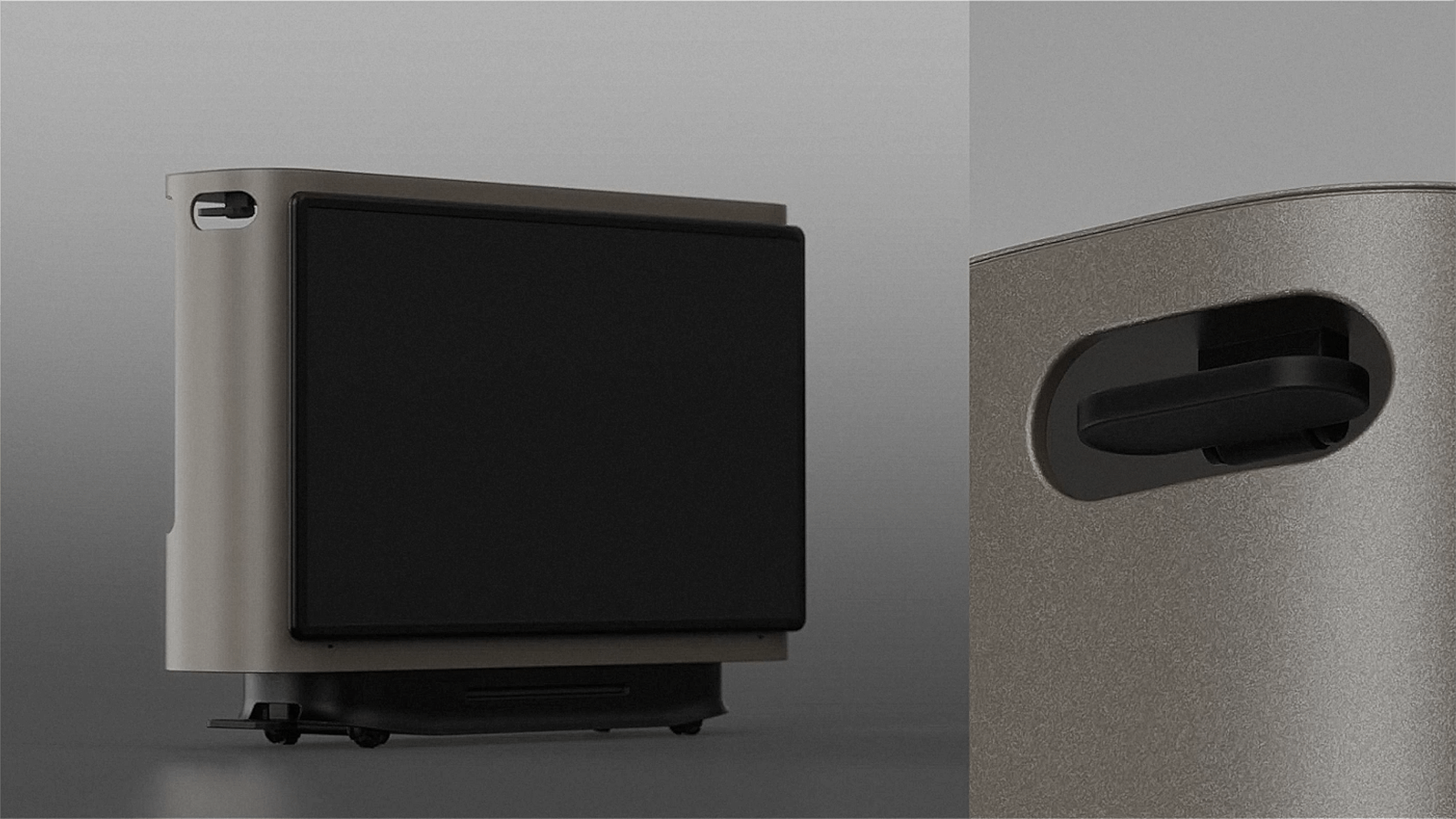

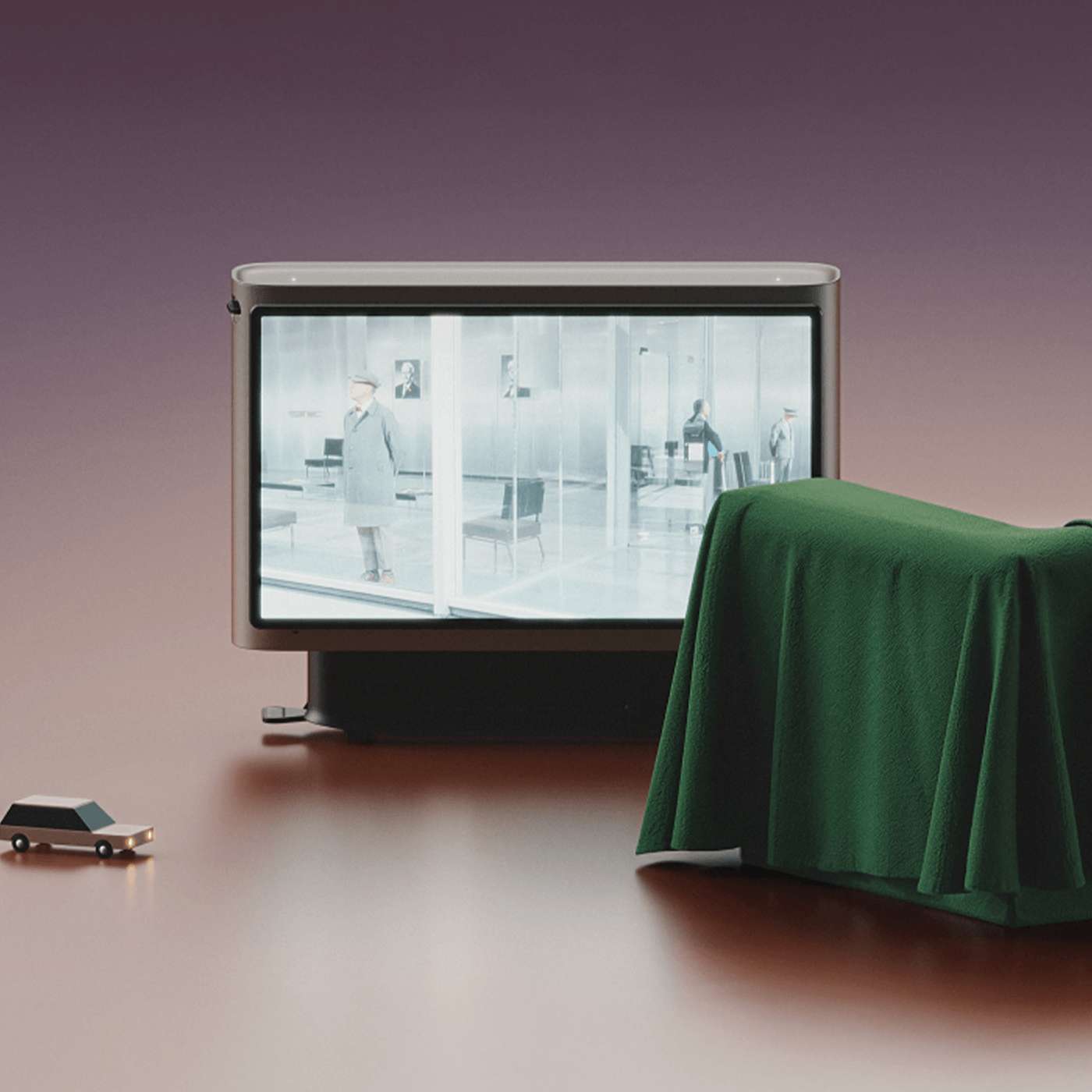
This persistence of outdated spatial arrangements, out of sync with both cultural and technological progress, presents an exciting opportunity for reimagination.
Designs for life
How modernized devices can change our homes
Challenge
Fighting the familiar
Experts at frog sought to overturn a century-long trend in interior design. This meant analyzing emerging technology, its reception among different demographics and how homes might accommodate it.
Solution
Climate tech
Modernized devices powered by high-capacity batteries gain mobility within the home. Large appliances become power banks for smaller devices, charge when green energy is available and use battery during peak or down time. Energy resilience revolutionizes homelife, hosting and budgeting.
Outcomes
Utilitarian homes
With project Rohm, we designed new, modular interiors that reject static devices and embrace those that respond to changing needs within the home. Our scenarios open the door for a new wave of human-centered interior design.
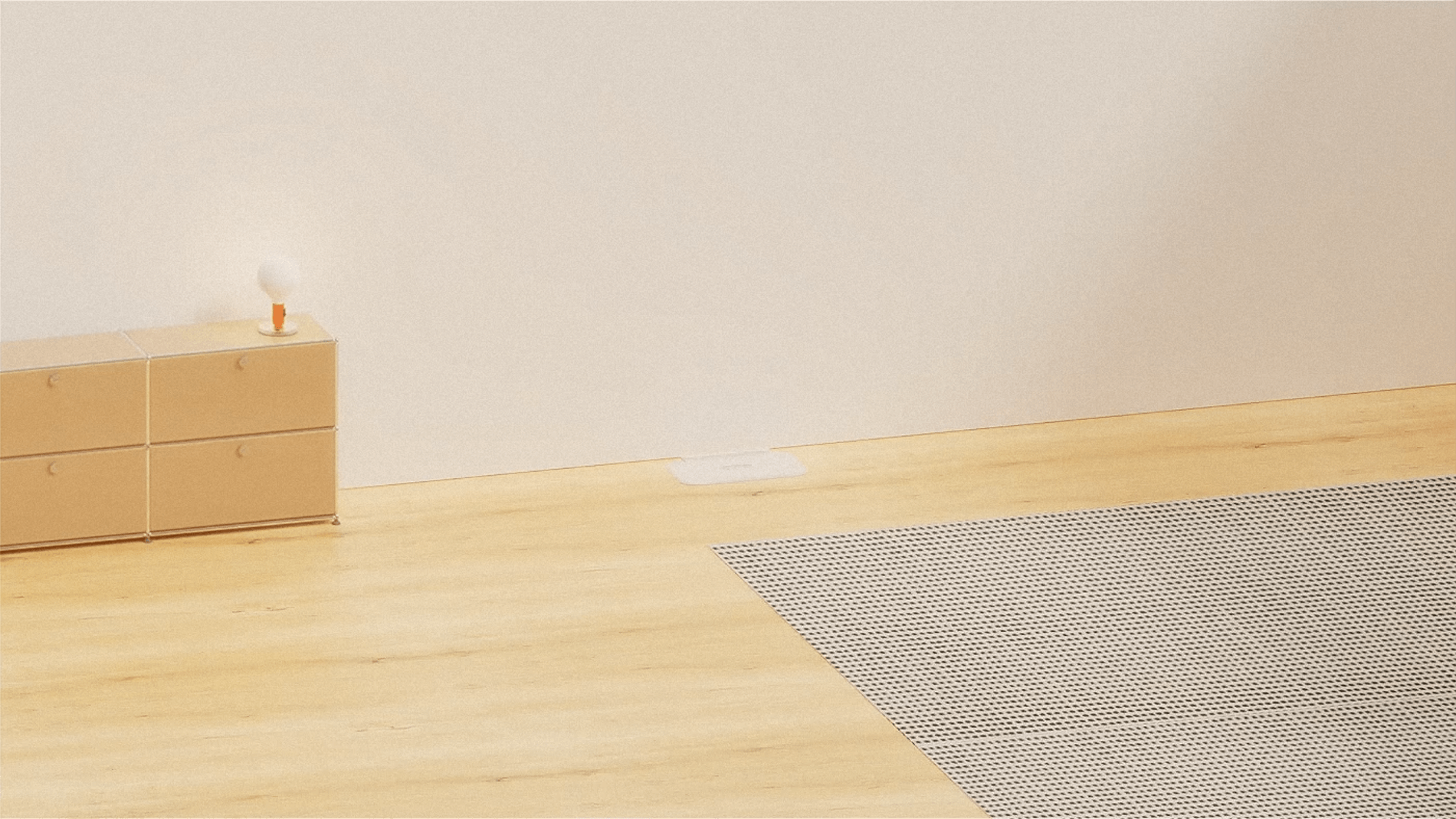
Tech-driven design
Three devices that will change our lives
Television
A high-capacity battery can power a TV set that sits on casters. This mobility is a user experience that was difficult in the past and often impossible today. Most modern TV sets are cumbersome devices mounted on walls or built into static surfaces. And yet, who hasn’t wanted to move the television outside on a uterine day in August? Battery-powered, mobile televisions can bridge the gap between the personal engagement of handheld devices and the communal spirit of televisual experiences. After a broadcast, the TV set can serve as a room divider, sit by the wall with the shelving side facing the room, or be moved out of the way to give the living room back to the living.
Stove
In many cases, food preparation requires constant attention. This means the chef must always be within range of the stove, which is itself confined to the kitchen. Depending on the layout of the domicile and the complexity of the meal, the static appliance can occupy a person for quite some time. But what if the stove were mobile? This would facilitate table-side cooking, which is a thrill for restaurant-goers who enjoy sushi. And just like the TV, a mobile stove could be moved outside to sit on a veranda or in a garden. It could be a smokeless, cleaner alternative to the barbecue grill.
Refrigerator
When left unrefrigerated for more than two hours, certain foods, such as poultry, become breeding grounds for life-threatening bacteria. So, what happens when a powerful storm knocks out the neighborhood power lines? With climate change making extreme weather events more commonplace and driving up food prices, there is a need for a failsafe to protect consumers’ goods. A high-capacity battery could power a refrigerator during blackouts, keeping foods preserved for longer and safeguarding consumers worldwide. Such appliances may also qualify for Inflation Reduction Act tax credits.
Clean living
Using energy intelligently
Charging mats
Charging mats might soon replace rugs, functioning as both decorative pieces and power-packs, charging when clean energy is available and powering other appliances.
Grid replenishment
Home devices like the charging mat could also feed energy back to the grid during high demand. Such actions go beyond the passive curtailment of energy usage and in fact create a net positive for the environment and your wallet.
Smart lighting
Lighting systems could finally be untethered from pre-determined outlet locations. Smart lighting systems with integrated high-capacity batteries could be placed anywhere in the home, storing solar or grid energy during the day and using it at night.
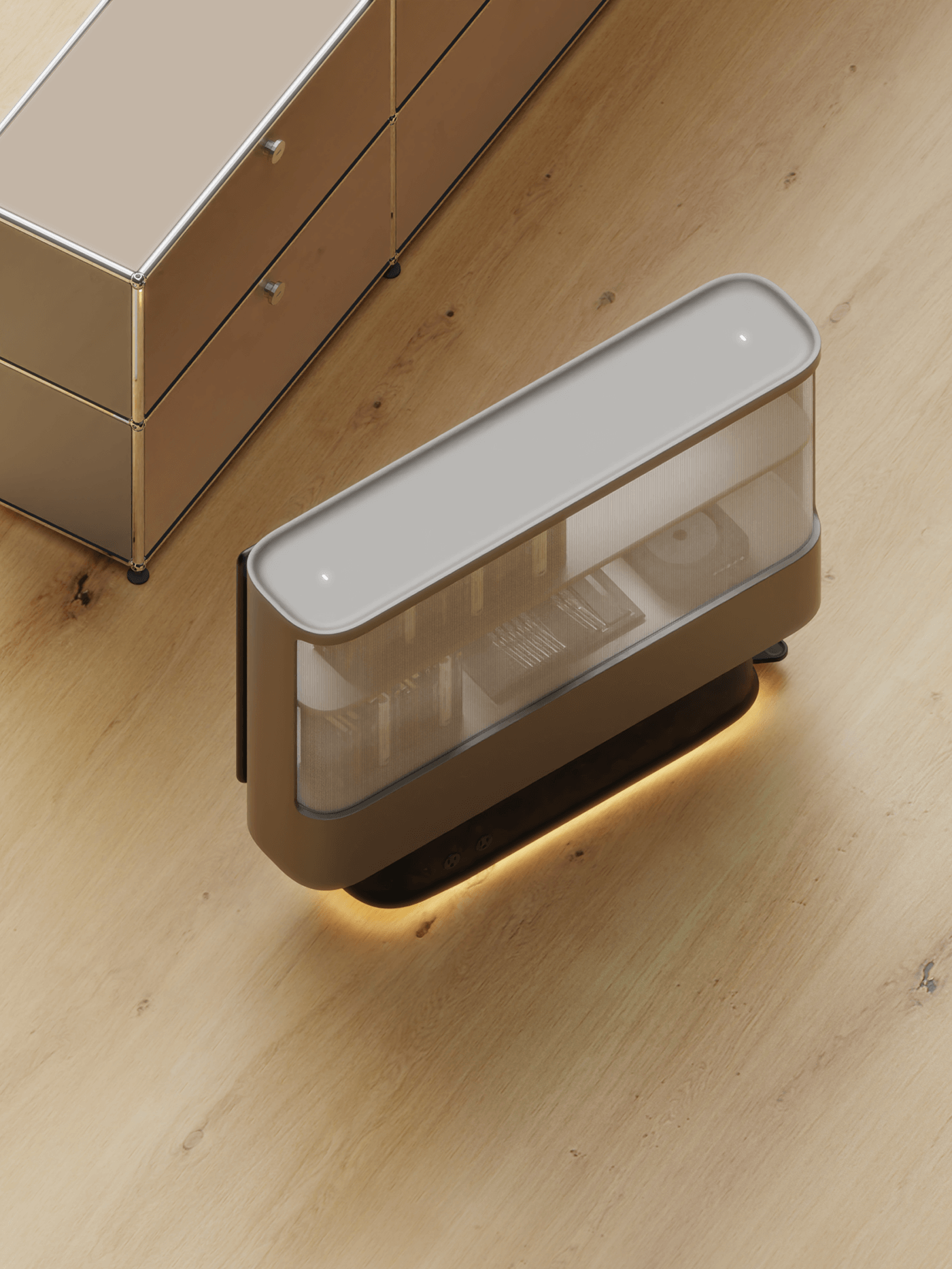
By self-illuminating, mobile devices can operate in every corner of the home.
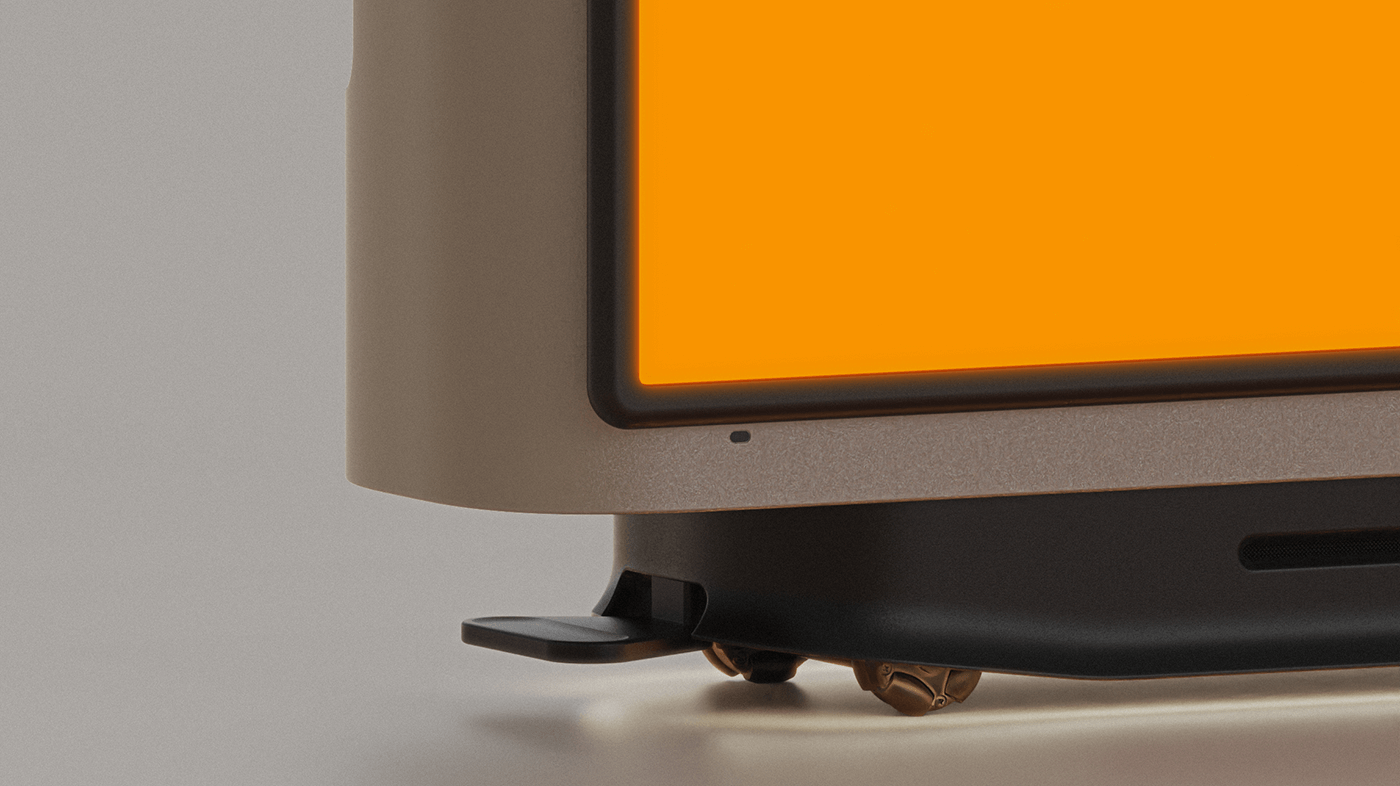
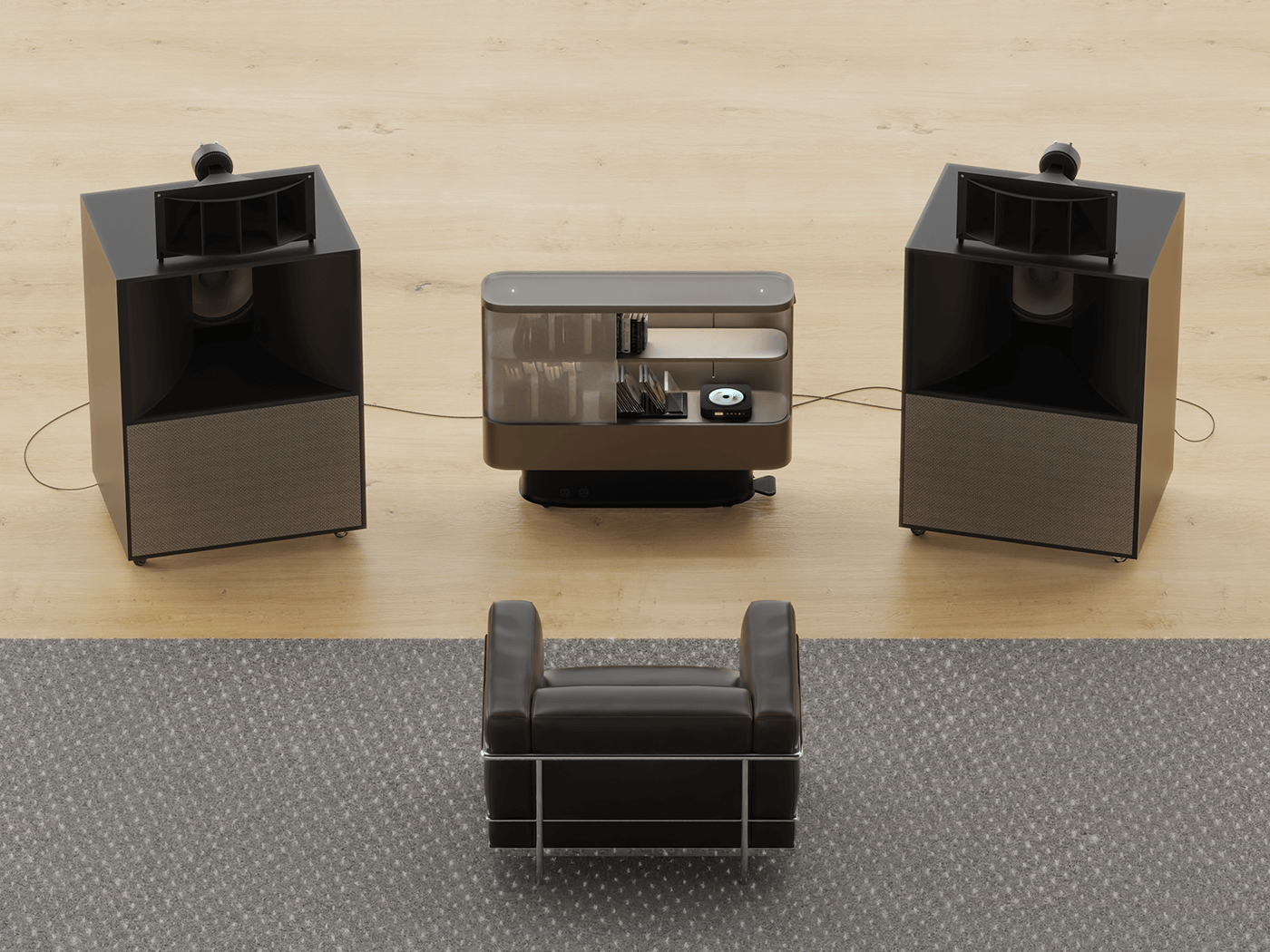
By self-illuminating, mobile devices can operate in every corner of the home.
Casters and levers facilitate previously impractical interior design options.
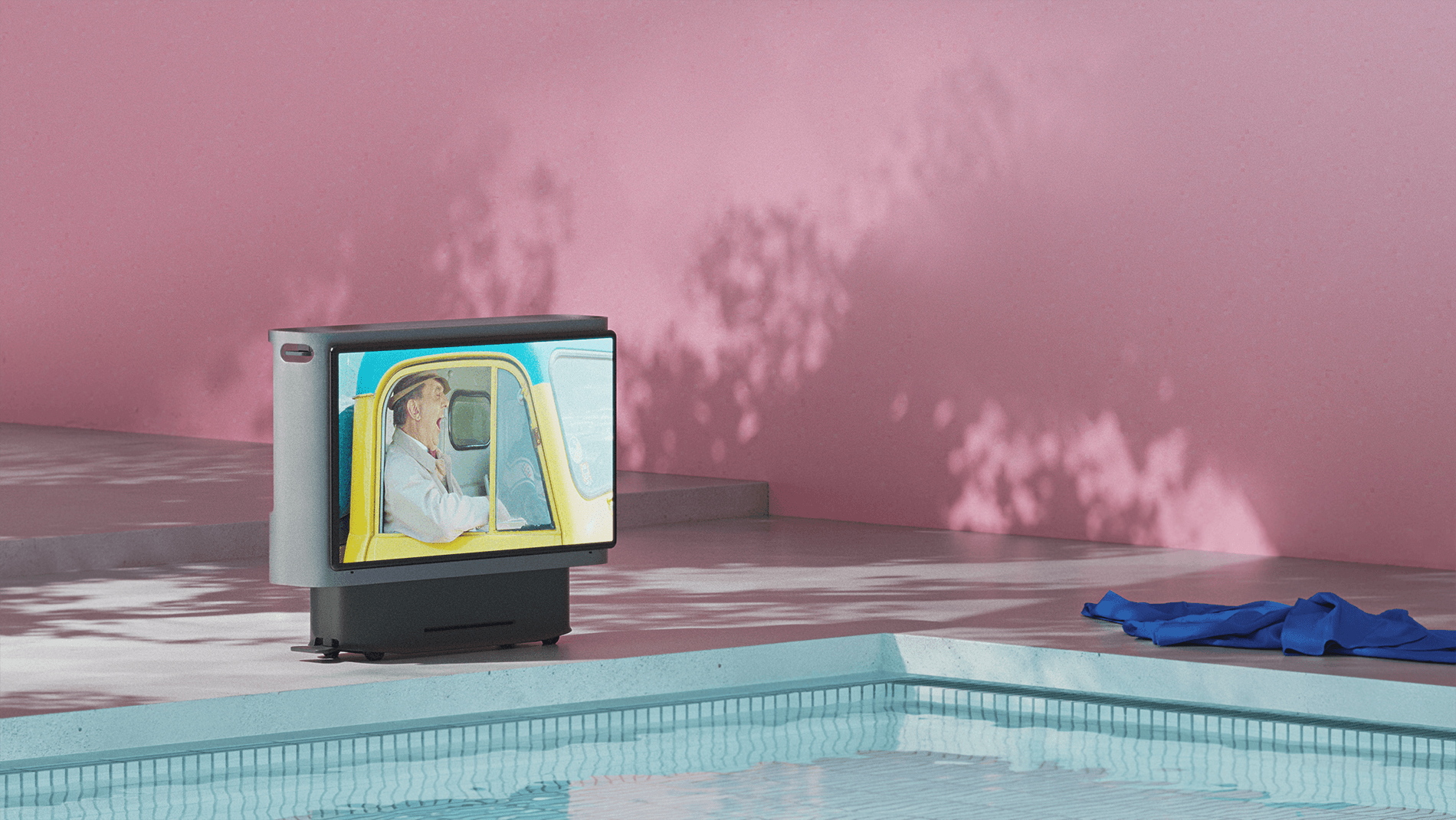
Design takes charge
Giving people the freedom to organize their lives according to their own specific needs and desires at any one time will result in some truly unique living spaces. Our work on project Rohm details how spatially autonomous appliances and devices are the gateway to this liberation. They can transform the way spaces are designed, shifting away from fixed energy points to a more flexible setup that adapts to varying needs.
This vision of decentralized, autonomous energy within the home holds the potential to revolutionize both architectural design and daily life, creating living spaces that are more versatile, robust and in tune with modern lifestyles. Moreover, they are an invaluable vehicle for sustainable usage and energy resilience, which may remain paramount worldwide for the foreseeable future.

To live is to change, and living spaces, too, must be true to their name. Battery-powered mobility gives our homes room to grow with us.
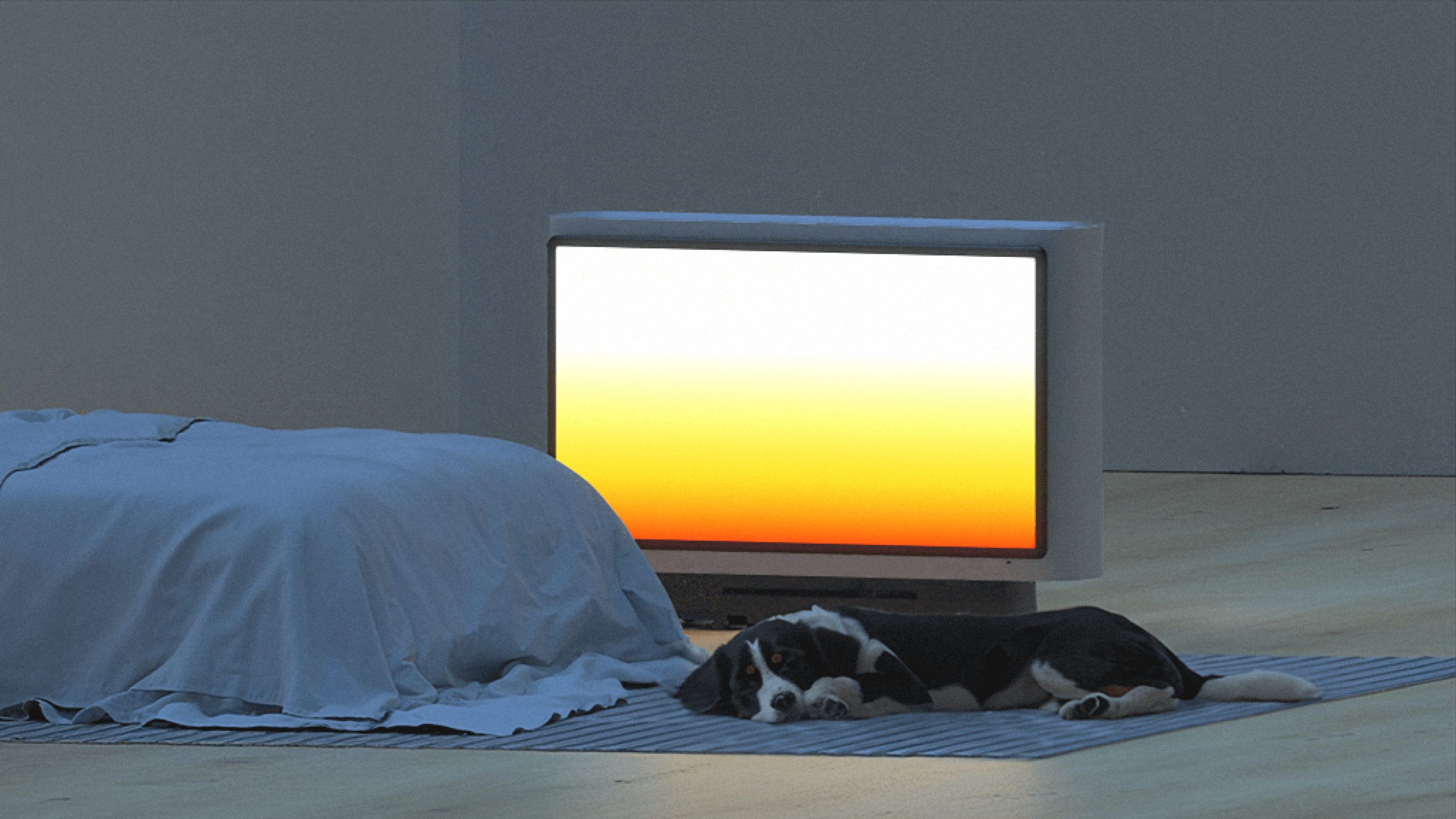
As with any breakthrough technology, the advent of high-capacity batteries invites us to reflect on our daily routines and consider how we want to shape our world.